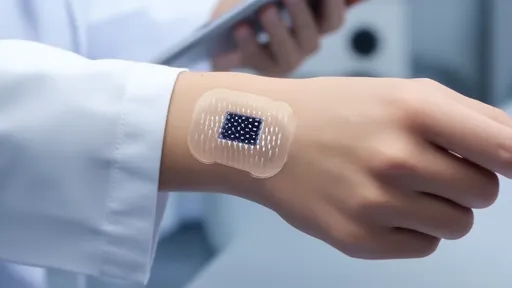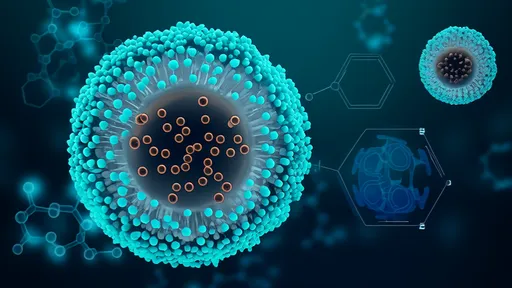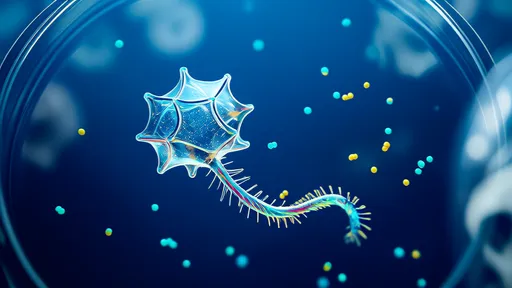In the ongoing battle against mosquito-borne diseases, scientists are deploying a new weapon: genetically modified mosquitoes. The latest tactic involves using drones to release sterile male mosquitoes into the wild, a strategy aimed at reducing mosquito populations without the environmental consequences of traditional insecticides. This innovative approach is being tested in several regions plagued by diseases like dengue, Zika, and malaria, with promising early results.
The concept is simple yet scientifically sophisticated. Male mosquitoes, which do not bite or spread disease, are sterilized using radiation or genetic modification. When released into the wild, they compete with wild males to mate with females. Since the females that mate with sterile males produce no offspring, the mosquito population declines over time. This method, known as the Sterile Insect Technique (SIT), has been used for decades in agriculture to control pest insects, but applying it to mosquitoes on a large scale requires precision—and that’s where drones come in.
Traditional mosquito release methods, such as ground-based systems, are labor-intensive and limited in reach. Drones, however, can cover vast areas quickly, dropping mosquitoes evenly across difficult terrain like swamps or dense urban environments. Researchers have developed specialized drone mechanisms that ensure the delicate mosquitoes survive the drop, adjusting altitude and speed to minimize harm. Early trials in Brazil, Indonesia, and parts of Africa have shown that drone releases can achieve better distribution and higher survival rates for the sterile males compared to manual methods.
The environmental benefits of this approach are significant. Unlike chemical sprays, which can harm pollinators and other non-target species, SIT targets only the specific mosquito species being controlled. It also avoids the problem of pesticide resistance, which has rendered many conventional mosquito control methods less effective over time. By reducing reliance on insecticides, the drone-based SIT method could help protect ecosystems while combating deadly diseases.
However, the technique is not without challenges. Public perception of genetically modified organisms (GMOs) remains a hurdle, with some communities wary of releasing lab-altered insects into their surroundings. Scientists emphasize that the sterile males pose no risk to humans or animals, as they do not bite and cannot reproduce. Education campaigns are critical to gaining public trust and ensuring community support for these initiatives.
Another obstacle is cost. Developing and operating mosquito-release drones requires significant investment, though proponents argue that the long-term savings from reduced disease transmission and insecticide use will justify the expense. Governments and international health organizations are increasingly funding these projects, recognizing their potential to revolutionize mosquito control.
Looking ahead, researchers are exploring ways to enhance the effectiveness of drone-released mosquitoes. Some are experimenting with gene drives, a technology that could spread sterility genes rapidly through wild populations, though this remains controversial due to ecological concerns. Others are refining drone release strategies to maximize mosquito survival and mating success. As the technology advances, it could be adapted to target other disease-carrying insects, expanding its global health impact.
For now, the drone-based mosquito releases represent a cutting-edge fusion of biotechnology and engineering, offering hope in the fight against some of the world’s most persistent diseases. If successful on a larger scale, this method could save countless lives and transform how we manage insect-borne illnesses in the 21st century.

By /Jul 29, 2025

By /Jul 29, 2025

By /Jul 29, 2025

By /Jul 29, 2025

By /Jul 29, 2025

By /Jul 29, 2025

By /Jul 29, 2025

By /Jul 29, 2025

By /Jul 29, 2025

By /Jul 29, 2025

By /Jul 29, 2025

By /Jul 29, 2025

By /Jul 29, 2025

By /Jul 29, 2025

By /Jul 29, 2025

By /Jul 29, 2025

By /Jul 29, 2025

By /Jul 29, 2025